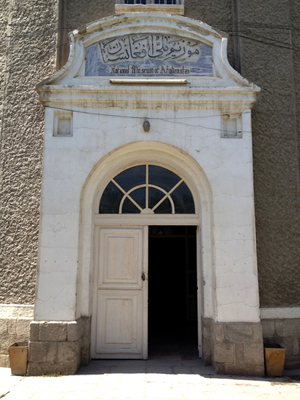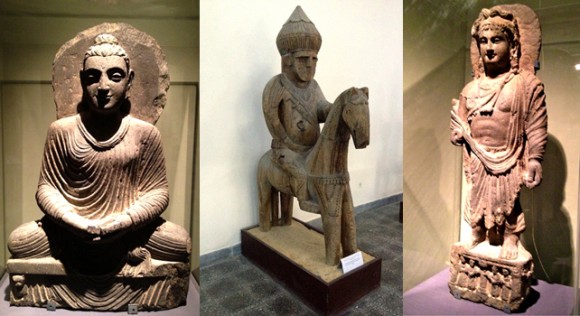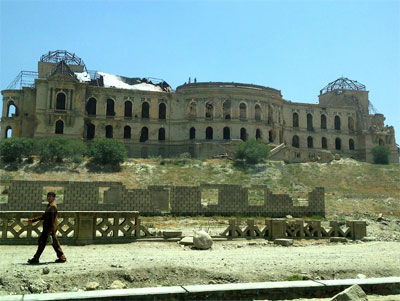
Tourism was not the first thing I expected to do while living in Kabul, but I recently discovered that there are some impressive sights to visit, including the treasures at the National Museum of Afghanistan.
The museum was built in 1922 during the reign of King Amanullah Khan and in its heyday housed one of the most important collections in Central Asia, with over 100,000 items dating back several millennia. Unfortunately in the 1990's during the conflict the museum was looted and as a consequence about 70% of its objects disappeared.
In August this year, over 800 items were added to the museum’s collection, covering almost all periods of Afghan culture including the famous 1st century Begram Ivories which were featured in a British Museum exhibit in 2011. The museum hosted a handover ceremony which was attended by a number of British and Afghan dignitaries and highlighted the support that the British government has given to the museum, through the British Museum, the Ministry of Defence and the British Council.
The British Embassy's Consul General, Colin Crorkin, said:
"The pieces, and their enormous range, bear testament to the incredibly rich cultural history of Afghanistan. They show Afghanistan’s other face.
"They remind us that the troubles of the Taliban age and the subsequent battle against the insurgency and for a peaceful Afghanistan are small events in a grand sweep. They bring us a sense of perspective that only culture can articulate."
This adds to the already impressive wide variety of content in the museum – which includes painted frescos, fragments of architecture including a mosque from the 11th century, sculptures and a large collection of coins (about 30,000). The additions mean that Afghans and foreigners now have the opportunity to see a greater number of important pieces from the incredibly rich cultural history of Afghanistan.

The current exhibition is on Buddhism in Afghanistan, a period which I knew very little about before visiting the museum. Buddhism was practiced in Afghanistan for more than 1,000 years. It can be traced back to the middle of the 3rd century and was overtaken as the major religion by the arrival of Islam in the 7th century. Buddhism was practiced along with other native religions but had the largest number of followers. The artifacts displayed were found in Buddhist monasteries especially in the south Hindu Kush Mountains.

The other part of the museum that I particularly enjoyed was the room containing statues carved out of wood and beautiful door frames. My favourite was a wooden horseman from the north-eastern province of Nuristan.
Upon leaving the museum, I also got a great view of a famous ruin that overlooks the museum - the impressive royal palace built in the 1920s by King Amanullah Khan.

Recent Comments